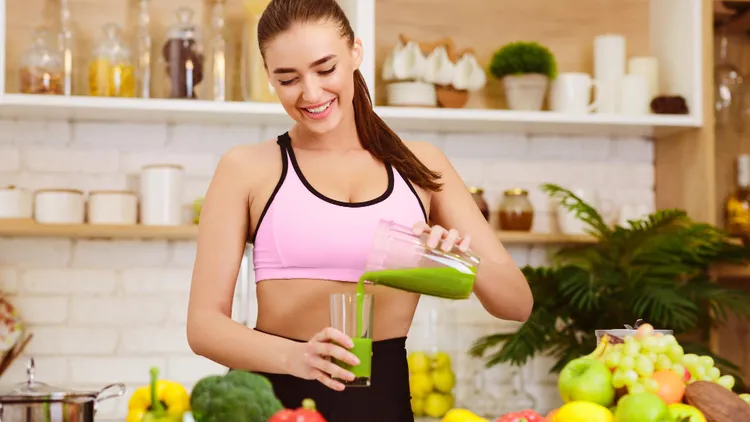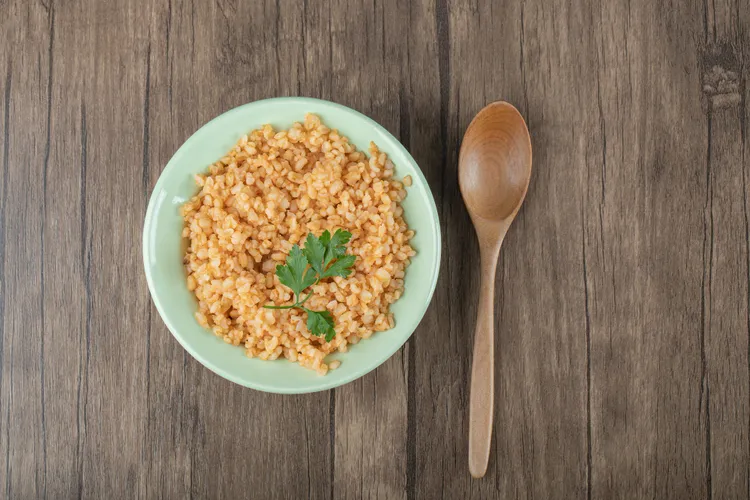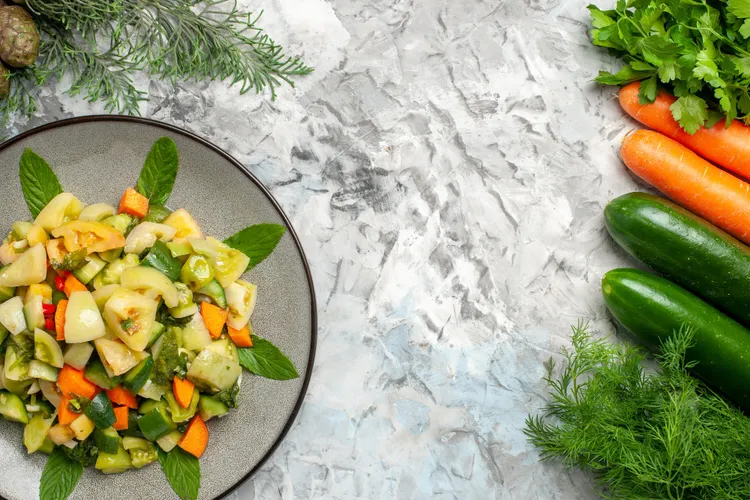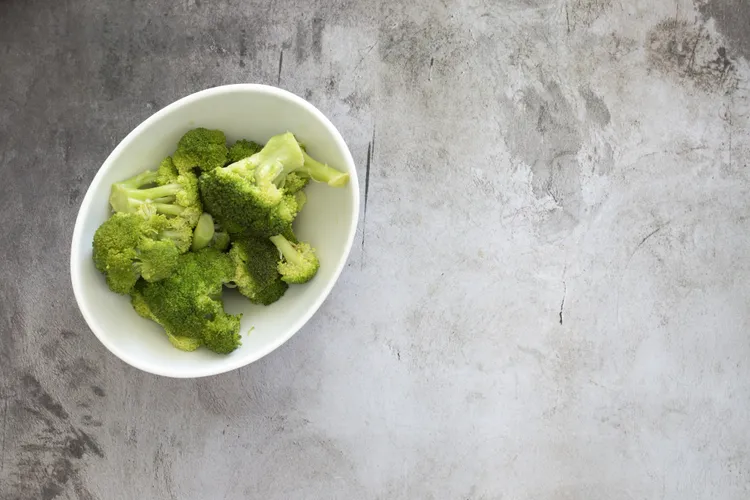Build-Your-Own Post-Workout Smoothie: The Ultimate Formula for Recovery
We all love a good post-workout smoothie - but the best ones aren’t found in bottles or cafés; they’re built right in your blender. Learning how to mix protein, carbs, and flavor the right way can turn your smoothie into a complete recovery meal that helps you refuel, repair, and feel amazing after every workout. Let’s break down the simple formula behind every great smoothie - and how to make it yours.

Smoothies Made Personal
We all love a good post-workout smoothie - it’s quick, delicious, and helps you bounce back fast. But what if you could make one that’s perfectly tailored to your body and your goals?
That’s what this guide is all about.
Instead of memorizing recipes, you’ll learn how to mix and match ingredients - so you can create endless smoothie combinations that repair muscles, replenish energy, and taste amazing.
Before we dive in, you might want to explore these companion posts in the series:
The Science of the Perfect Recovery Smoothie
Your smoothie should do more than taste good - it should actively support recovery.
That means hitting three goals:
Repair muscles with protein.
Replenish glycogen with carbs.
Reduce inflammation with antioxidants and healthy fats.
When you combine these three, you’re giving your body everything it needs to recover, rebuild, and feel stronger for your next workout.
Aim for a 3:1 ratio of carbohydrates to protein after endurance workouts, and a 2:1 ratio for strength training.
The 5-Step Smoothie Formula
1. Pick Your Liquid Base
Start with 1-1½ cups of fluid.
Options:
Coconut water (for hydration + electrolytes)
Almond, soy, or oat milk (for creaminess and calcium)
Regular milk (for natural protein)
Green tea or water (for light recovery days)
Tip: Coconut water is ideal after sweaty workouts - it naturally replaces sodium and potassium.
2. Add Your Protein Power
Protein is what your muscles crave after a workout.
Try:
Greek yogurt (for probiotics + casein)
Protein powder (whey or plant-based)
Tofu or silken tofu (for plant protein)
Cottage cheese (for a thicker, creamier shake)
Target: 20-30 g protein per smoothie.
3. Choose Your Carbs for Energy
Carbs restore the glycogen your muscles burned.
Fruits work best because they add natural sweetness and fiber:
Bananas (classic recovery fuel)
Mangoes or pineapples (vitamin C + fast carbs)
Berries (antioxidants for soreness)
Oats (slow-release energy)
Tip: For heavy workouts, use two fruit servings instead of one.
4. Add Healthy Fats for Hormone Balance
Healthy fats slow digestion slightly and support anti-inflammatory recovery.
Options:
Nut butters (almond, peanut, cashew)
Avocado (smooth texture + potassium)
Chia, flax, or hemp seeds (omega-3s + fiber)
Tip: Add 1 tbsp for light workouts, up to 2 tbsp for longer sessions.
5. Boost with Flavor + Function
This is where smoothies get fun!
Add herbs, spices, and superfoods that promote healing:
Turmeric or cinnamon (anti-inflammatory)
Ginger (improves circulation)
Spinach or kale (micronutrients)
Cocoa or matcha (antioxidants + focus)
Fresh herbs (mint, basil) for cooling effects
Nutritionist’s Tip: Always add a small source of vitamin C (orange, kiwi, pineapple) - it helps your body absorb plant-based iron better.
Smoothies to Inspire You
Cucumber Apple Berry Smoothie - light, hydrating, and perfect for hot-weather workouts.
Cherry Banana Protein Smoothie - classic high-protein blend for strength recovery.
Coconut Mango Tropical Green Smoothie - packed with electrolytes and greens for full recovery.
How to Adapt Your Smoothie for Every Goal
For Strength Training: more protein + oats for energy.
For Endurance: add fast carbs (banana, honey) and coconut water.
For Weight Management: use lower-calorie bases like water or unsweetened almond milk.
For Plant-Based Diets: combine protein powder, soy milk, and chia seeds for a complete amino acid profile.
Nutritionist’s Tip: Consistency beats perfection. One well-balanced smoothie a day can drastically improve your recovery, digestion, and daily energy.
Recovery in a Glass
Smoothies are more than post-workout snacks - they’re one of the easiest ways to refuel your body with nutrients that truly make a difference.
When you follow this simple formula - a smart mix of protein, carbs, and hydration - you’ll not only recover faster but feel more energized for the rest of your day.
Your goal isn’t perfection - it’s balance. Each smoothie is a step toward stronger, smarter recovery.
Continue Your Recovery Journey
FAQs: DIY Smoothie Building
Do I always need protein powder?
Not necessarily - yogurt, milk, or tofu work perfectly if you prefer whole foods.
Can I make smoothies ahead of time?
Yes! Prep ingredients in freezer bags and blend when needed - just add liquid fresh.
How big should a recovery smoothie be?
Aim for 300-450 ml depending on your activity level.
Can I replace a meal with a smoothie?
Absolutely - just make sure it includes protein, carbs, and fats for balance.









